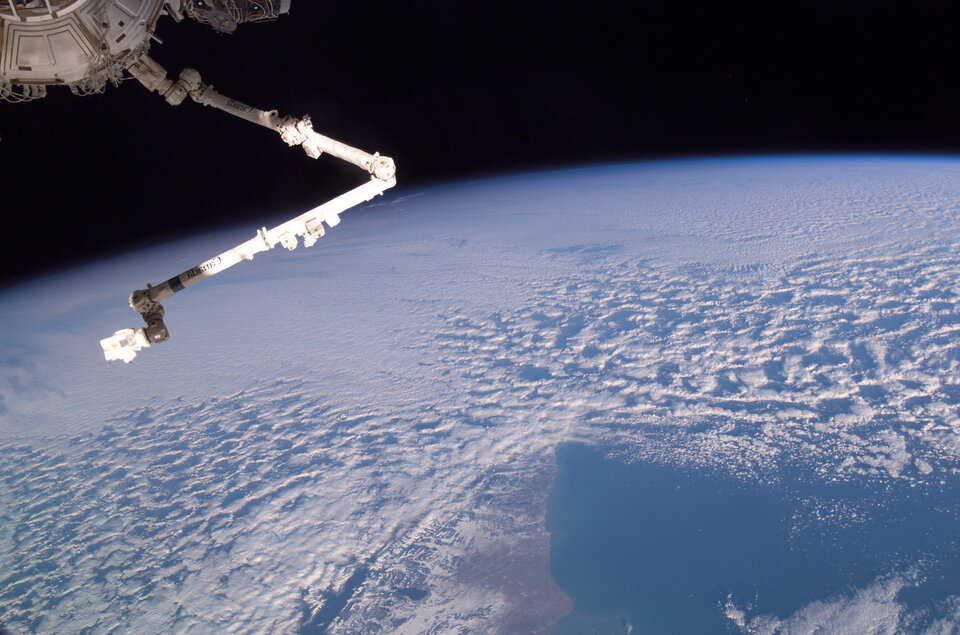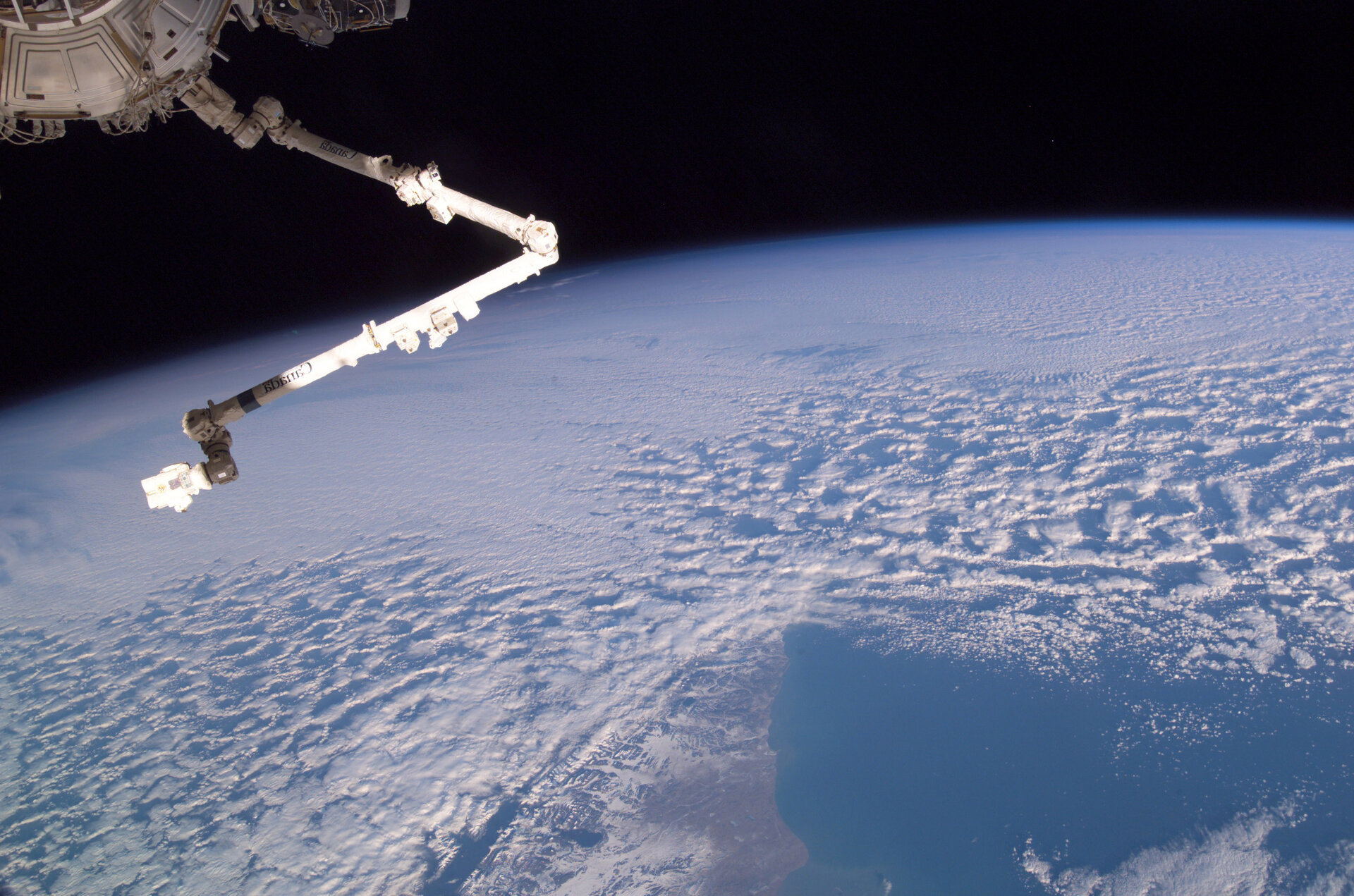European Space Technology Transfer Conference to present down-to-Earth innovations derived from space
Innovation is the heart of the European industry and the motor of Europe’s entrepreneurial success. What most people associate with innovation are new top-notch technologies or revolutionary ideas. But innovative solutions are hardly ever created completely from scratch.
The Merriam-Webster dictionary defines innovation as ‘something created for the first time through the use of the imagination’. What this actually means is that innovation can also be thinking out of the box and discovering a brand-new way of using a technology that already exists.
To leverage this idea, ESA’s Technology Transfer Office (TTPO) will be holding the first annual European Space Technology Transfer Conference (ESTTC) 2007 at the new Munich trade fair centre 16-17 October 2007.
Taking place in parallel to the Materialica Tradefair, the ESTTC aims at fostering the transfer of high-tech space technology to sophisticated technology solutions on Earth.
“It is important to show companies that they do not have to reinvent the wheel to create an innovative product. Top-notch space technology is already there – and a lot of it can be transferred to create top-notch applications on Earth”, explains Frank M. Salzgeber, Head of the European Space Agency’s Technology Transfer Programme.
Nearly all sectors of Europe’s industry can profit from technology originally developed from space. The ESTTC wants to build the bridge between space derived technology and Europe’s innovation leaders by demonstrating successful transfers of space technology to the automotive, medical, energy, textile and robotic market sectors, thus bringing companies with innovative business ideas looking for high technology solutions together with space industries that wish to exploit their technology to create state-of-the-art innovations through synergetic cooperation.
Airbag sensors from space technology

There are plenty of success stories of space technology transfer to improve an earthly application. One of the latest ones is the Kinotex Sensor GmbH, which used the license of a tactile sensor developed for the robotic arms on the International Space Station (ISS) to improve passenger safety in cars.
The robotic arm on the ISS is used to manoeuvre large construction parts and modules in space. It is remote-controlled from within the ISS. To prevent it from accidentally crashing into the outer hull of the space station, tactile sensors were developed, which can sense pressure and – like the human skin – can give feedback about e.g. pressure intensity, to control the movement of the robotic arm and safeguard the ISS and the astronauts during robotic arm operations.
The patent for this sensoring-technique called ‘Kinaeasthic Textiles’, or short ‘Kinotex’, was transferred to Earth first by Tactex Controls Inc. for applications such as touchpads etc. Automotive and aeronautical applications are the domain of Kinotex Sensors GmbH. The application possibilities for the Kinotex technology are vast – and sought-after.
In the automotive industry, Kinotex can be applied to advanced passenger security measures such as occupant sensing for the airbag mechanism and crashsensing for pedestrian safety. The superiority of this space sensoring-technology is valued by a number of top automotive players – Kinotex is a listed supplier of Audi, BMW, Audi and Daimler Chrysler.
But this is not the only area in which the Kinotex Sensors can be applied; the aeronautic industry is also interested. Kinotex Sensors GmbH is involved in improving crash safety for helicopter crews, whilst two projects are under way with Airbus. Kinotex sensors are also used for safeguarding elderly dementia patients by including it in mattresses so that nursing staff can be warned if patients leave their beds or even monitor their night activity. Additionally, the Kinotex technology is applied to touchpad character recognition projects.
According to Winfried Bindges, Managing Director of the Kinotex Sensors GmbH, the potential for technology transfer is vast: “Space technology surely brings an impulse for innovation to the non-space industry.” The challenge is to make potential innovative entrepreneurs aware of the possibilities.
With the European Technology Transfer Conference, ESA’s Technology Transfer Office wants to show more of these successful examples to spark the inspiration and inventiveness of companies to use space technology and to bring experts together, explains Salzgeber. “The innovations already exist; we just have to use them.”




